- Casual Leave Meaning & Basic Information
- Workplace Benefits Of Casual Leave
- Casual Leave: Common Types
- Casual Leave Reasons
- Casual Leave Rules
- Casual vs. Earned Leave: What's The Difference?
- How To Write A Casual Leave Application For Office?
- Casual Leave Format
- Casual Leave Letter: Samples
- Conclusion
- Frequently Asked Questions
Casual Leave: Meaning, Types, Benefits, Application Format & Samples

We've all been there: that sudden urge to hit pause on the daily grind and recharge. Whether it's a surprise day off or a planned break, casual leave is that much-needed escape. But what exactly constitutes casual leave? How does it differ from other types of leave? And how do you go about applying for it?
Every organization makes provisions to provide leave from work to employees. There are different types of leaves, and it varies between organizations. However, the three most common types of leave offered by Indian companies are casual leave, sick leave, and earned leave (privileged or annual leave). Casual leave (CL) is also known as unplanned leave because it’s usually taken for unforeseen circumstances.
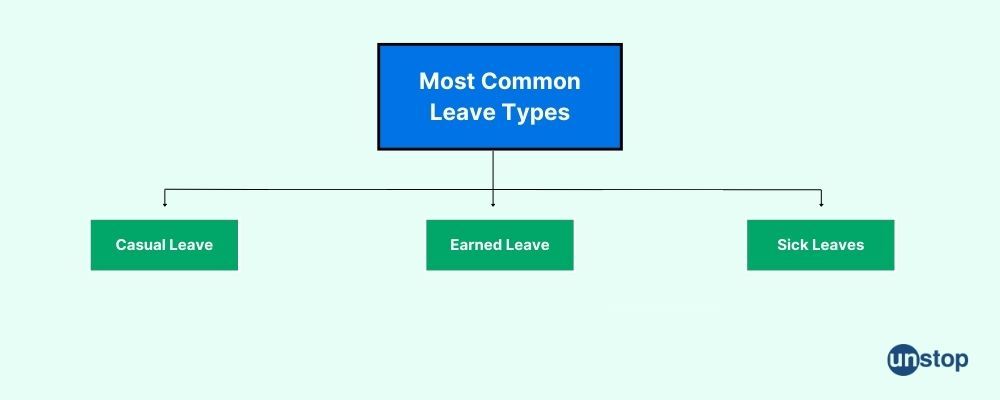
Read ahead to understand the meaning, reason and rules of casual leave and sample leave applications.
Casual Leave Meaning & Basic Information
Meaning: Casual leaves are a type of leave that employees take for unforeseen and unavoidable circumstances. They are paid leaves but are not pre-planned. In most cases, employees do not need to provide a specific reason for taking a casual leave.
Purpose: Organizations give the option of casual leave to employees so that they can take time off from work for personal reasons or due to an emergency but not face a loss of income. It helps employees maintain work-life balance.
Duration: Since these leaves are not planned in advance, most organizations allow employees to take anywhere between 1 to 3 days of casual leave in one instance. Employees usually get a total of 7 days of casual leave in the entire calendar year. However, the exact duration of leaves may change from company to company.
Eligibility: Only employees who've completed their probation period are eligible to apply for casual leave. You're not allowed to apply for a casual leave during your notice period. This is a general approach, and the exact eligibility criteria for taking casual leaves will depend on your company policy.
Approval Process for Leave
Casual leave at work typically requires employees to submit a request for leave through their company's designated system or to their immediate supervisor. The supervisor will then review the request and decide whether to approve or deny it based on factors such as workload, team availability, and the employee's performance. Once approved, the employee may be required to fill out a leave form or enter the dates into the company's attendance system.
In some cases, additional approval from higher management or HR may be needed before the leave is finalized. To ensure a smooth approval process, employees must follow the company's policies and procedures when requesting casual leave.
Workplace Benefits Of Casual Leave
Casual leave is an essential benefit for employees as it allows them to take time off work for personal reasons without having to dip into their annual leave allowance.
The importance of casual leave lies in promoting a healthy work-life balance. Employees who have the flexibility to take time off when needed are more likely to feel valued and supported by their employer. This can lead to increased job satisfaction, productivity, and overall well-being.
Additionally, casual leave can help prevent burnout and reduce absenteeism by giving employees the opportunity to recharge and address personal matters without the stress of work looming over them.
Overall, casual leave is a valuable workplace benefit that contributes to a positive work environment and employee morale. By offering this type of leave, employers demonstrate their commitment to supporting the well-being of their staff, which can ultimately lead to a more engaged and motivated workforce.
Casual Leave: Common Types
Casual leaves are of two types - half-day casual leave and one-day casual leave. Let’s study the types in detail:
1. Half-Day Leaves
This is a type of casual leave that employees can take when they need to take time off from work for a personal matter - but it will not take the entire day. Thus, employees can balance their personal tasks with office work. For example, an employee may take a half-day leave to go for an annual health checkup.
2. One-Day Leaves
As the name suggests, this leave is taken for the entire day. If an employee can't come in to work for the entire day, they can apply for a one-day leave. For example, an employee may take a whole day off to look after a sick family member or attend a friend's wedding ceremony.
Casual Leave Reasons
Casual leave is usually taken to deal with unforeseen circumstances. However, here is a list of reasons for taking casual leave:
- Investigating health concerns
- Attending a wedding
- Unfortunate incidents like dealing with theft or accident
- Personal work like going to a bank, an embassy, etc.
- Taking care of a family member
- Family emergencies
Apart from the aforementioned casual leave reasons, employees may also take casual leave if the organization does not have a leave policy for significant events. Listed below are certain special leaves that are not common across organizations:
- Paternity Leaves
- Bereavement Leaves
- Adoption Leaves
- Period Leaves
- Compensatory Leaves (for working overtime)
Employees may apply for a casual leave if an organization does not have a leave provision for either of these events.
Proper Casual Leave Usage
It is essential to use casual leave responsibly and not abuse it by taking unnecessary time off without valid reasons.
Casual leave should be used for unplanned or unexpected situations that require time off from work. It is meant to be used for personal reasons such as illness, family emergencies, or other urgent matters that cannot be scheduled in advance. By using casual leave appropriately, you can maintain a healthy work-life balance and ensure that your time off is well-deserved and beneficial.
Casual Leave Rules
Here are other important details about casual leaves that most Indian companies follow:
CL Allocation & Accrual
Casual leaves can not be clubbed with annual leaves or sick leaves to extend the time taken off work. Casual leaves can't be accrued or carried over to the next year like annual leaves. However, some organizations may give employees the option to convert their unused leaves to privilege leaves.
Communication Regarding Leaves
Even though providing a reason for taking casual leave is not compulsory, employees still need to obtain approval for it, just like with privilege leaves.
Required Documentation for Leave: Employees have to provide documentation, i.e. submit a leave application for record-keeping for casual leaves as well.
Payment for Casual Leave
Casual leaves are usually paid, but it depends on the company's leave policy. It's essential for employees to clarify with their employer regarding the payment or compensation for casual leave to avoid any misunderstandings.
Here's a breakdown:
- Generally Paid: Many companies offer casual leaves as paid time off to allow for unexpected situations.
- Company Policy Matters: The specific details—on whether casual leaves are paid and for how long—depend on the individual company's policies.
- Check Your Contract: Always refer to your employment contract or the company's leave policy handbook to confirm if casual leaves are paid and under what conditions.
Limitations on Casual Leaves
- Employees can take a maximum of three-day casual leave. If they require extra leaves or more time off, they need to apply for privilege leaves.
- The number of casual leaves granted to new employees and employees serving a notice period is decided on a pro-rata basis.
- These are not encashable leaves.
Please note: These are general details. The exact nature of casual leave may differ between companies.
Casual vs. Earned Leave: What's The Difference?
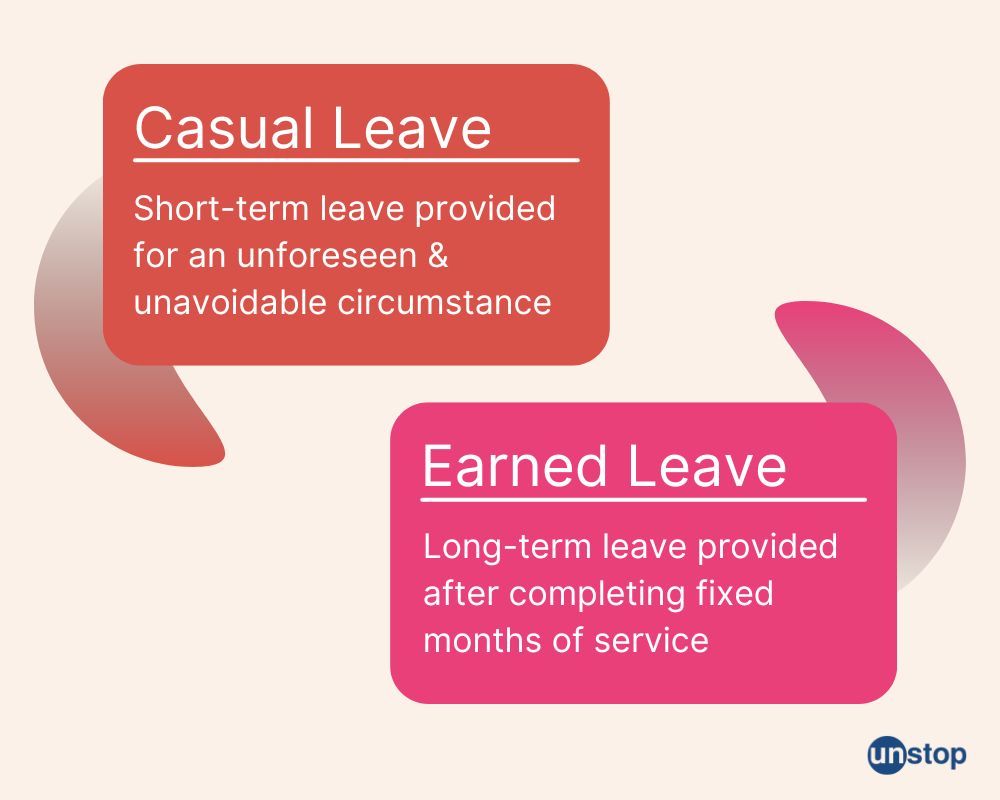
Earned or annual leaves are leaves you 'earn' after working for a fixed number of days. Companies have different policies for providing earned leaves, but the most common practice is to allow employees to take 18 annual leaves in a calendar year.
Employees can earn these annual leaves after completing a fixed number of days of service—it can be three months or more. Companies may credit annual leaves together or add a fixed number each month.
Note: Earned leaves are different from other long-term leaves, like marriage leaves, maternity leaves or sabbatical leaves.
Both casual and earned leaves require documentation and approval. However, here are the main differences between casual and earned leaves:
| Criteria | Casual Leave | Earned Leave |
| Meaning | Short-term leave is provided for unforeseen circumstances | Long-term leave is provided after completing fixed months of service |
| Duration | 7 days in a 12-month period | 18 days in a 12-month period |
| Types | Two types: Half-Day Leaves and One-Day Leaves | None |
| Encashment of leaves | No | Yes |
| Leave Limit | Maximum 3 leaves in one instance | No limit |
| Accrual of unused leaves | Not allowed | Allowed |
How To Write A Casual Leave Application For Office?
Employees need to submit an application for short-term casual leave. The casual leave format follows the same pattern as most leave applications. Here's how you can write an application to apply for a casual leave at work:
- Clearly state the purpose of the application in the subject line. Example: Application For Half-Day Casual Leave
- Start with a salutation and share important information in the body of the letter. This will include information about the duration of the leave, the expected return date, and the level of accessibility.
- Be sure to mention if any urgent tasks need to be taken care of in your absence or if there are any deliverables that the sudden leave might impact. You may or may not include the specific reason for taking the leave.
- Close the application by requesting approval.
- Add your standard signature, attach required documents, if any and proofread before hitting send.
Casual Leave Format
Here’s a basic casual leave format that you can refer to:
To: [Supervisor's Name]
Subject: Request for Casual Leave[Supervisor's Name],
I am requesting a casual leave for [insert date or dates]. [Provide a brief reason for your leave, if necessary]. I have ensured that my work is up to date and have informed my team members about my absence to ensure a smooth workflow in my absence.
I will be available via email or phone if any urgent matters arise during my absence. Once I return to the office, I will complete any pending tasks.
Thank you for considering my request. I look forward to your approval.
Sincerely,
[Your Name]
Casual Leave Letter: Samples
Here are some employee casual leave application samples that you can refer to:
Half-Day Casual Leave Application Sample
Subject: Casual Leave Application
Dear ____ (Receiver's name)
This is to inform you that due to an urgent personal matter, I need to take a half-day casual leave from work.
I will be absent from work for ____ (mention the time you'll be away from work), but will be available on call.
I have delegated important tasks to _____ (colleague's name), but will be back in time to oversee and help close the deliverable.
Please approve my leave.
Sincerely,
______ (Sender's name)
One-Day Casual Leave Application Sample
Dear ____ (Receiver's name)
Hope you're doing well. I wanted to apply for a casual leave for one day to attend a wedding in the family.
I need to take a leave on ___ (date of leave). During this time, I will try to reply to any urgent emails as soon as possible but there may be a delay.
During my absence, ____ (colleague's name) will take over my tasks.
Let me know if any further information is required. Please approve my leave.
Sincerely,
______ (Sender's name)
Conclusion
In conclusion, the concept of casual leave is an essential aspect of work-life balance that allows employees to take time off for personal reasons without dipping into their annual leave. By understanding the policies and procedures surrounding casual leave, employees can effectively manage their time off while ensuring that work responsibilities are still met.
It is crucial for both employers and employees to communicate openly about casual leave to maintain productivity and employee satisfaction in the workplace. Ultimately, a well-defined casual leave policy can contribute to a positive work environment and overall employee well-being.
Frequently Asked Questions
1. How are earned and casual leave different?
The two main differences between earned and casual leaves are duration and purpose.
Casual leaves are short-term leaves provided for unexpected circumstances. Employees can apply for a maximum of 3 days of casual leave in one go.
Earned leaves are long-term leaves that employees earn after stipulated days or months of service. Employees can use earned leaves to take a longer time off work for a vacation or any other reason. There is no maximum or minimum limit to the number of earned leaves employees can apply for in one go. However, it must comply with the company’s rules.
2. Is casual leave paid?
Yes. Casual leaves are paid.
3. Is the casual leave the same as comp leaves?
No. Compensatory leaves are leaves provided to employees for working overtime or on regular offs. For example, if a company has non-working weekends but an employee works on Saturday for a company event, they are entitled to a compensatory leave. However, not all organizations have a policy for compensatory leaves.
4. How many casual leaves are provided in a year?
The exact number of casual leaves differs from company to company, but usually, 7 casual leaves are provided in a calendar year.
5. Can casual leave be carried forward or accumulated?
Most companies don’t allow casual leaves to be accumulated or carried forward. However, the exact condition varies depending on company policies. Review your company's leave policy for clarification.
6. What is the process for requesting casual leave?
The process for requesting casual leave typically involves informing your supervisor or manager in advance, usually through an official leave request form or email. Be sure to adhere to any notification deadlines specified in your company's leave policy and obtain approval before taking leave.
7. Are there any restrictions on taking casual leave?
There may be restrictions or blackout periods for taking casual leave, such as during busy periods, project deadlines, or when other colleagues are already on leave. Check your company's leave policy or consult your supervisor for guidance on when to take casual leave.
Suggested Reads:
- How To Write A Maternity Leave Application: Find Format, Samples, Do's & Don'ts
- How To Write Sick Leave Application For Office With Sample Emails
- Writing A Leave Application For Marriage (With Template & Examples)
- Accountant Resume For Freshers & Experienced - Writing Guide & Samples
- Quick Guide For Writing Data Analyst Resume (Sample For Freshers)
I’m a reader first and a writer second, constantly diving into the world of content. If I’m not writing or reading, I like watching movies and dreaming of a life by the beach.
Login to continue reading
And access exclusive content, personalized recommendations, and career-boosting opportunities.
Subscribe
to our newsletter
Blogs you need to hog!
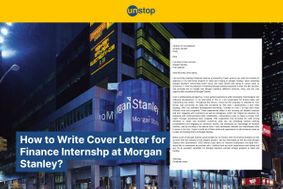
How To Write Finance Cover Letter For Morgan Stanley (+Free Sample!)

55+ Data Structure Interview Questions For 2025 (Detailed Answers)
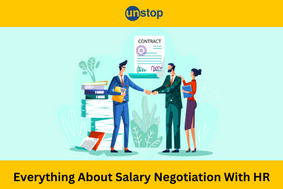
How To Negotiate Salary With HR: Tips And Insider Advice
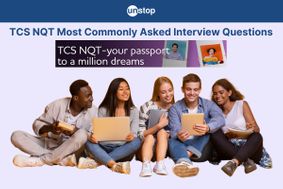












Comments
Add comment